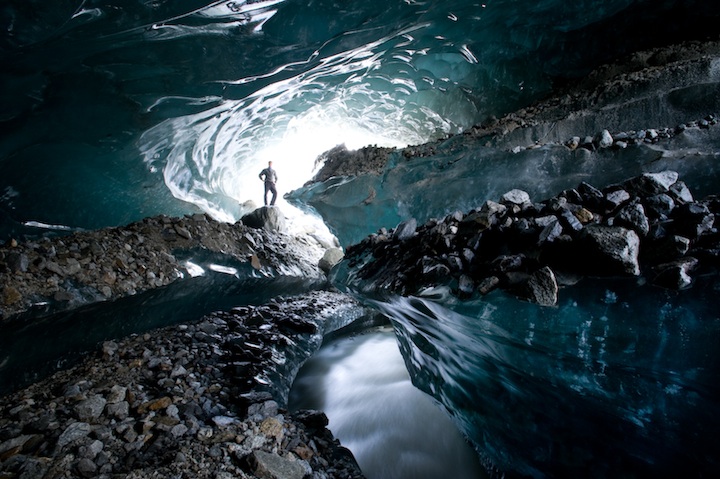
Working with an expedition cruise company that sails to the world's most remote places like Alaska and the Arctic, Eric Guth is constantly surrounded by large bodies of ice. In fact, he gets to experience, first-hand, places like Antarctica like most of us have never done before. “The landscape and icebergs of Antarctica have captured my senses the most. Antarctica, being so remote and raw and unpredictable, also has a very gentle side. I have experienced days with zero wind, 50 degree temperatures, clear skies and every snow-capped mountain, sculpted iceberg and waddling penguin reflected back at me with perfect symmetry. Days like these, where everything glistens and sparkles…these days make every howling, windy day I've experienced worth it!”
Six years ago, he spotted a small opening on the edge of Mendenhall Glacier in Juneau, Alaska. He hiked to it with the intent of walking around as he'd seen others do before. But something compelled him to look inside.
“I figured I'd explore for a bit and before I knew it I was 50 yards within a huge cave gazing at the most beautiful, otherworldly sight I had ever laid eyes on,” he tells us. “It was like stepping into Superman's lair and every changing shade of blue lured me deeper and deeper.”
Throughout the years, he's learned to appreciate glaciers for multiple reasons.
“Having spent years photographing glaciers from every possible vantage point (on top of, around, and in), I have learned that while the process of glacial formation is the same worldwide, every glacier is different,” he says. “Entering a glacier in Switzerland can reveal formations, temperatures and colors completely different than ones in Patagonia for example. For that matter, the ice conditions can change from cave to cave even on the same glacier!
“I've found that melt water has everything to do with how glaciers change, move and create points of entry. As I've learned more about how water erodes, shapes and works the ice (as it does everything else on the planet, given enough time), I've learned where to look to find caves.
“More than where to look, where to listen. Where water enters from a nearby stream or exits from a sub-glacial river there is a good chance the erosive force of that water has created an opening. Whether that opening is safe or dry enough to explore is another question!”
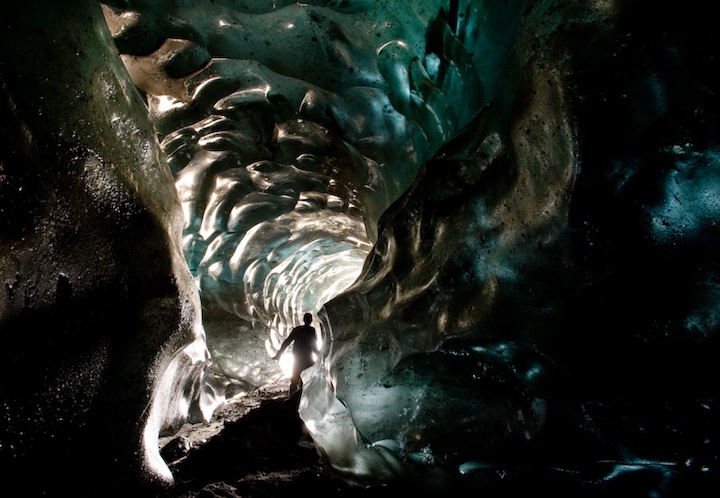
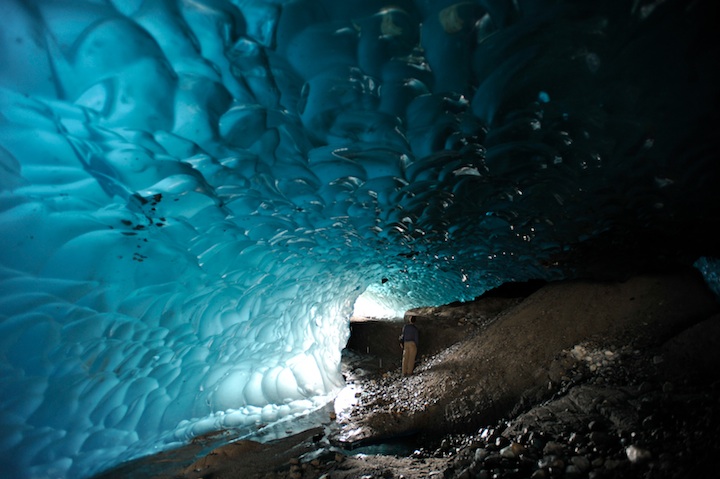
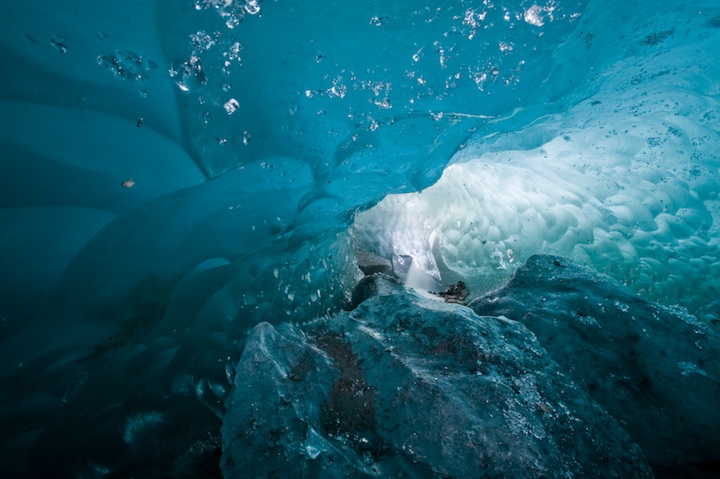
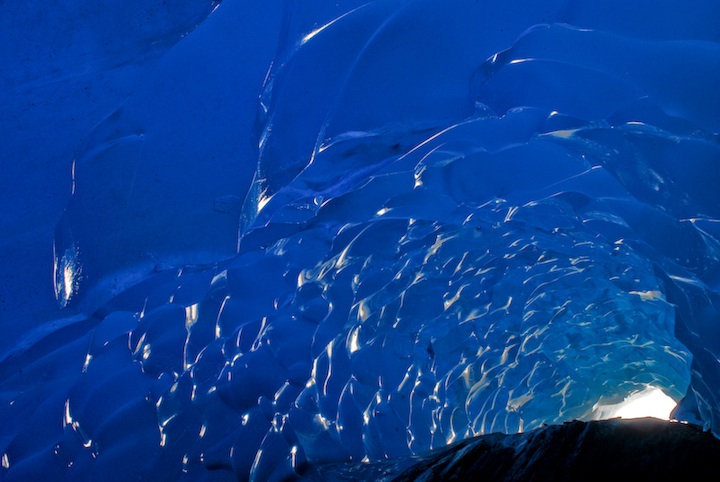
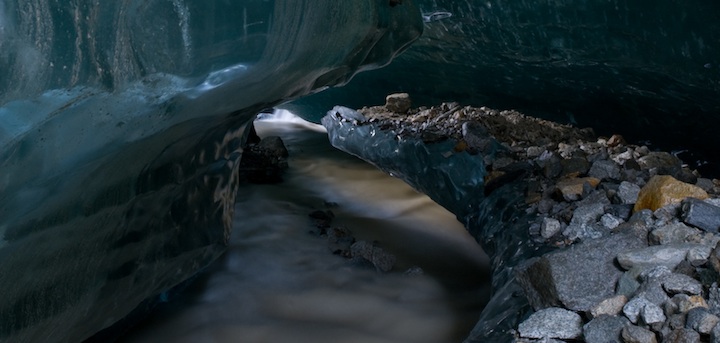
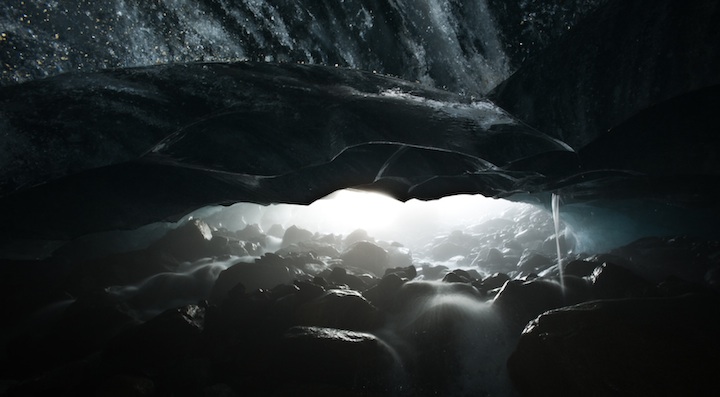
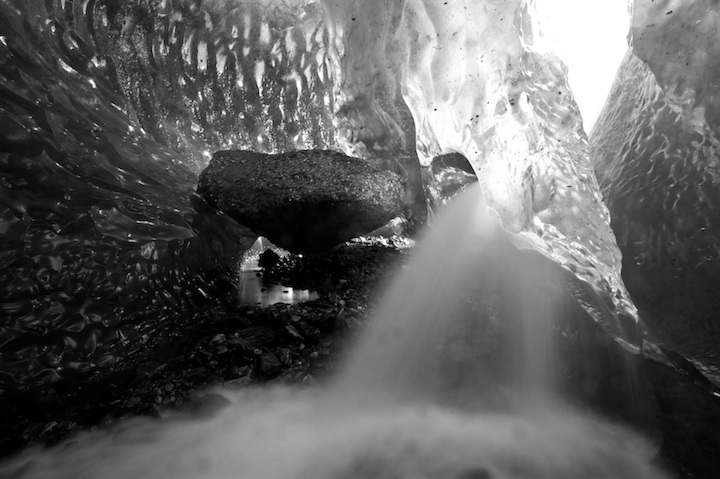
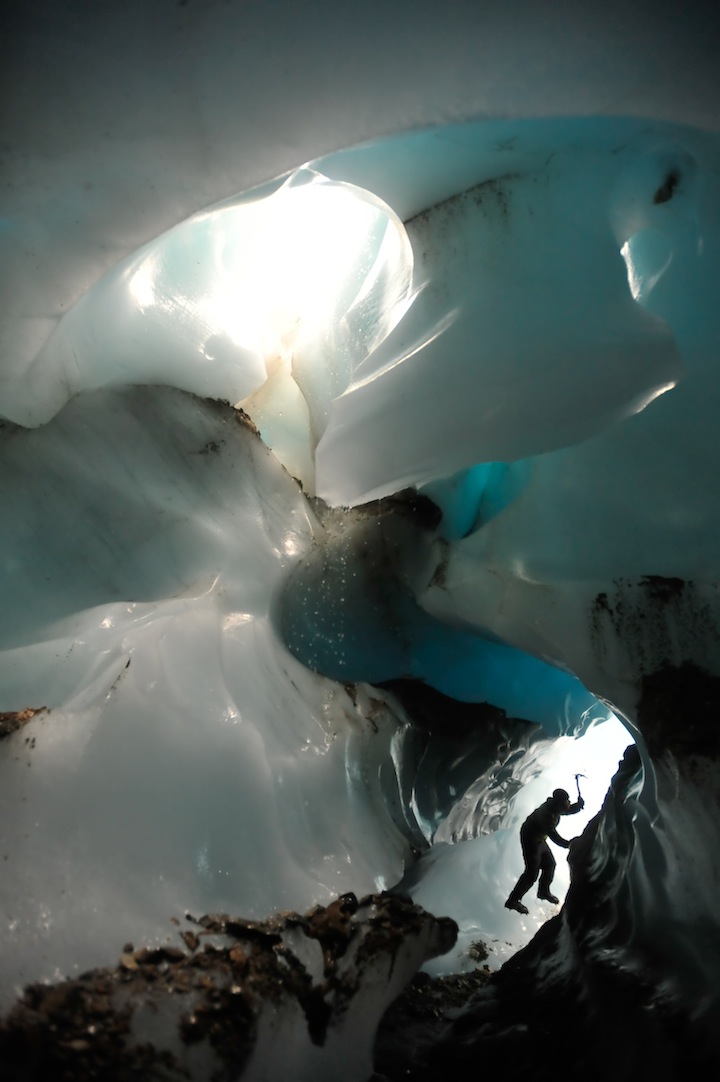
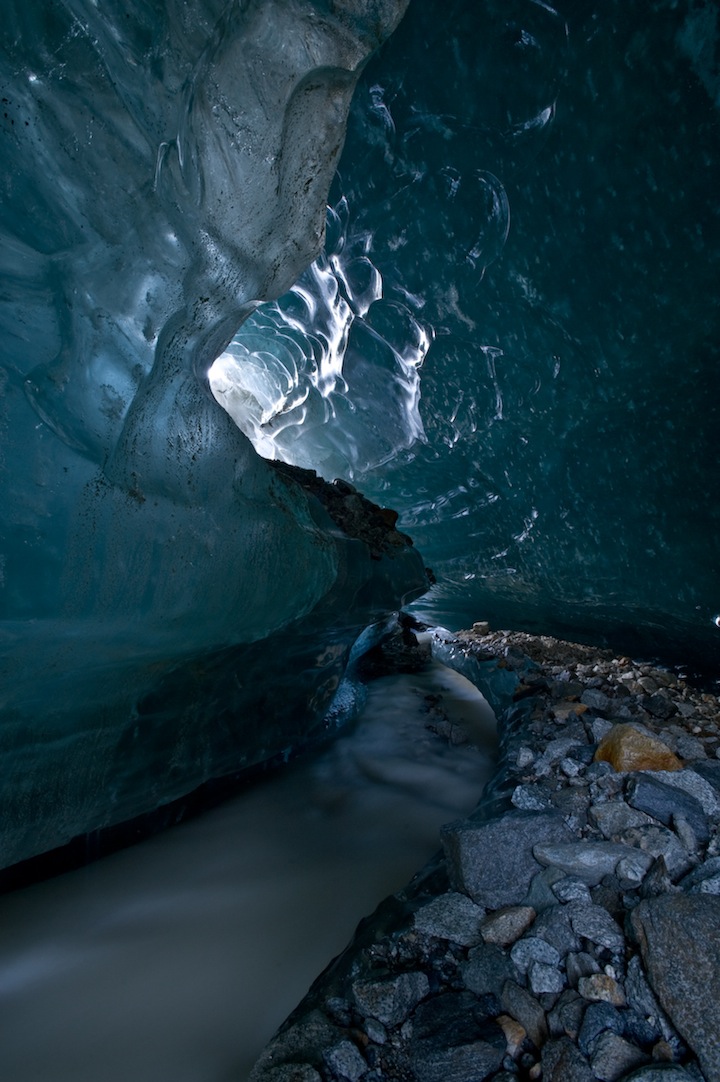
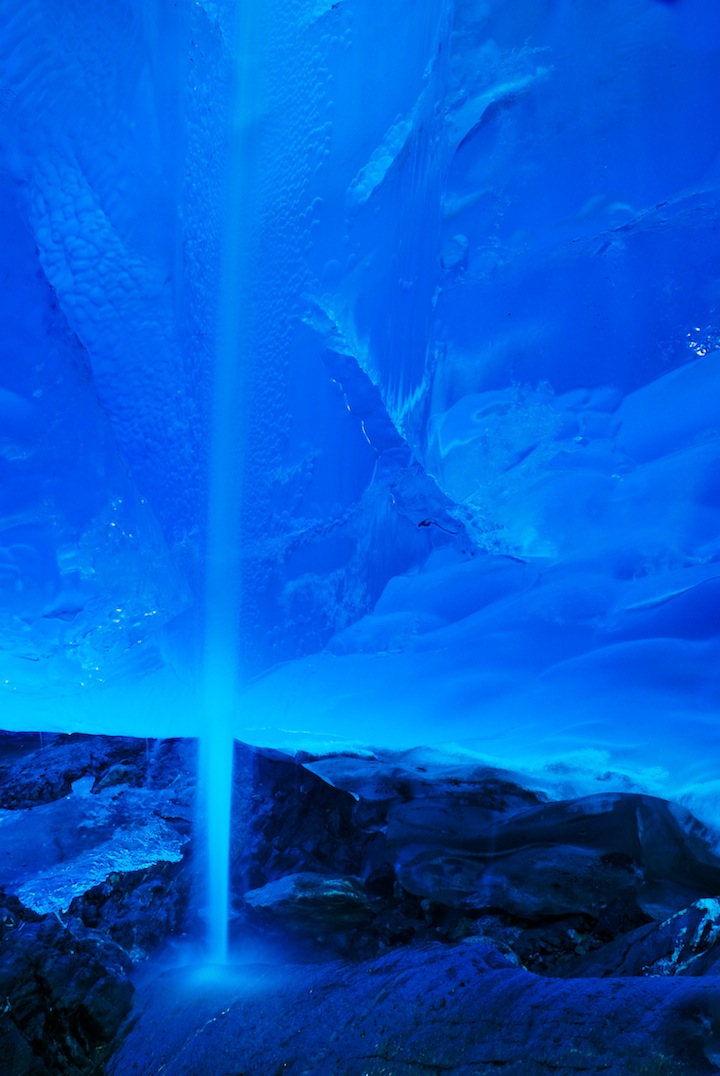
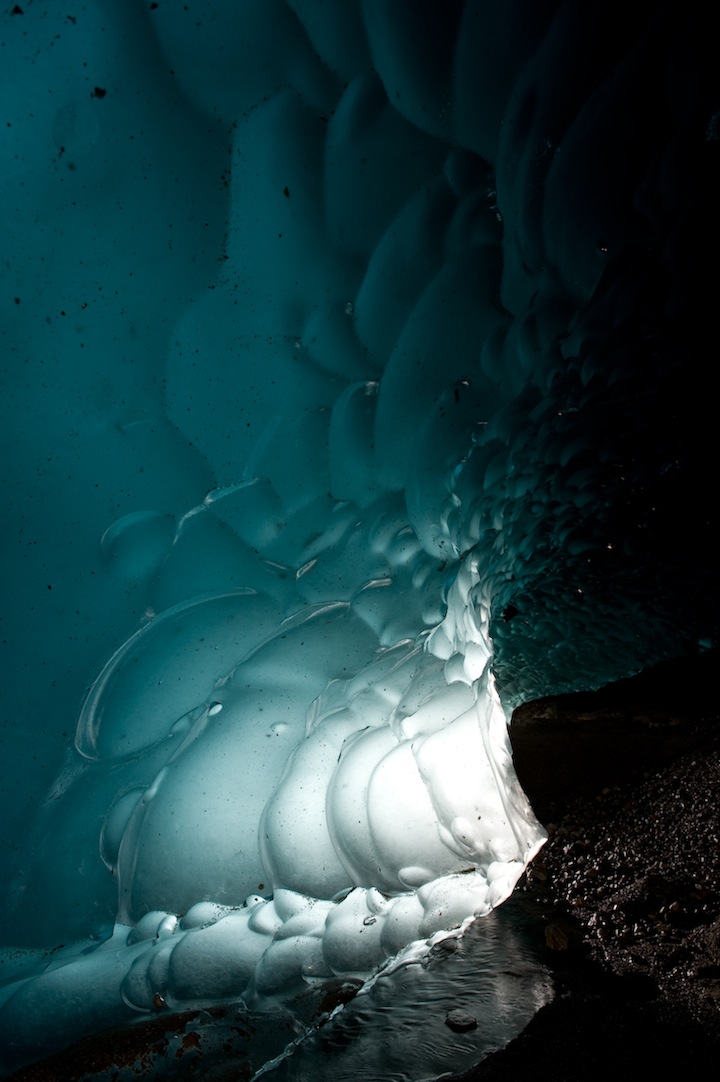
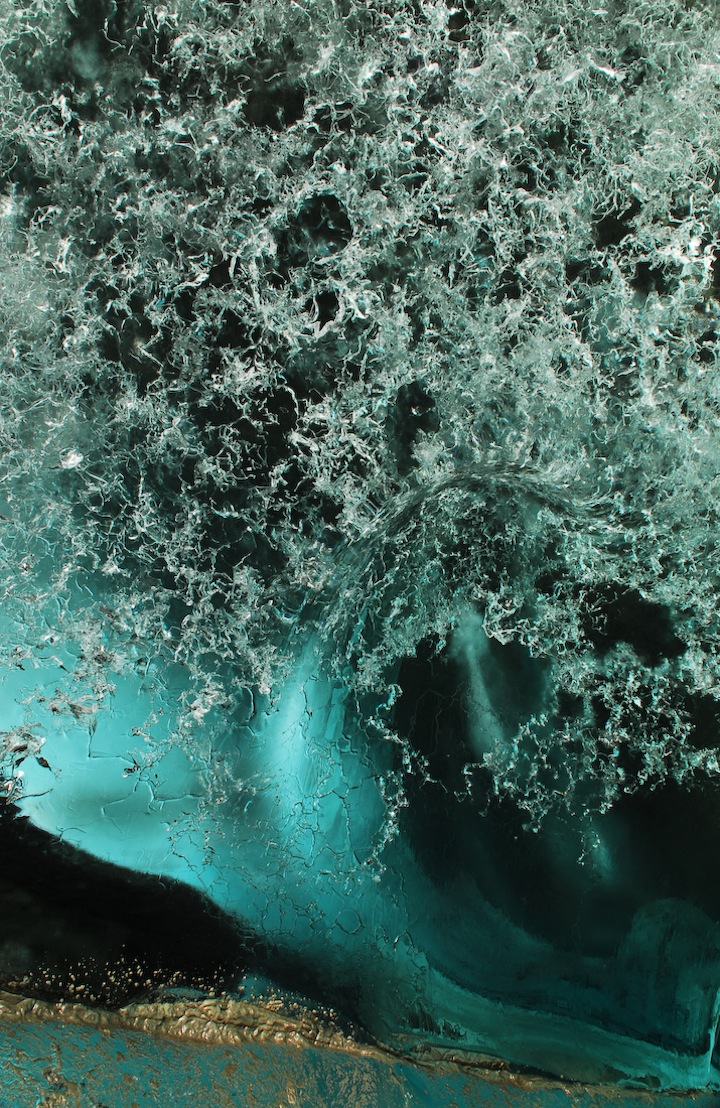
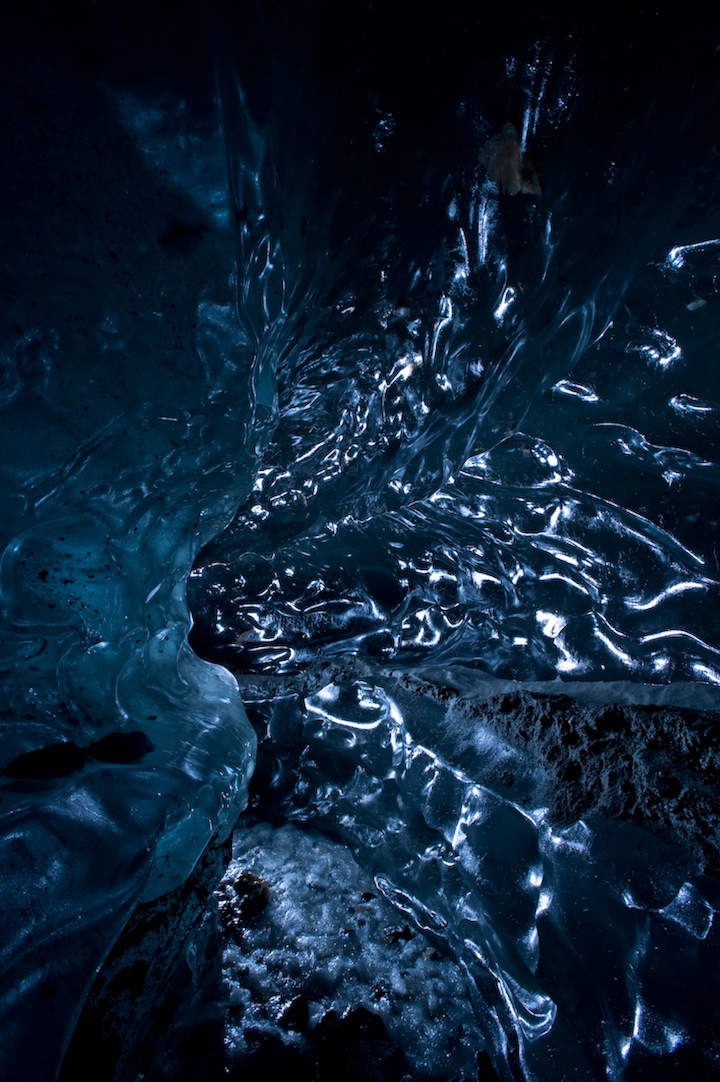
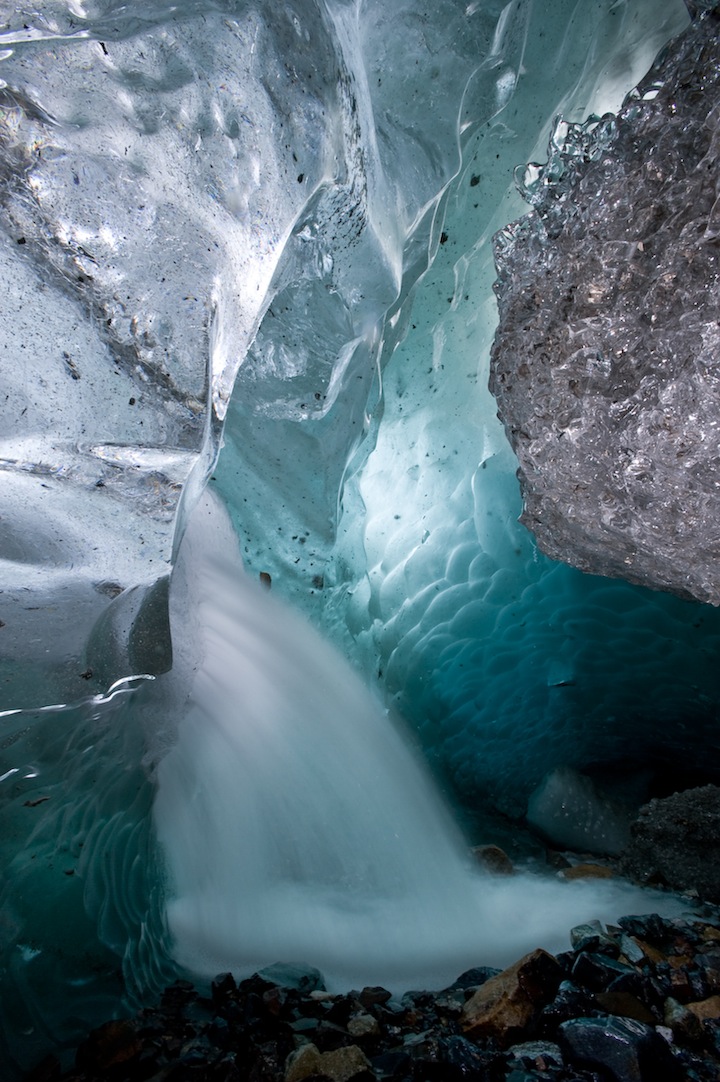
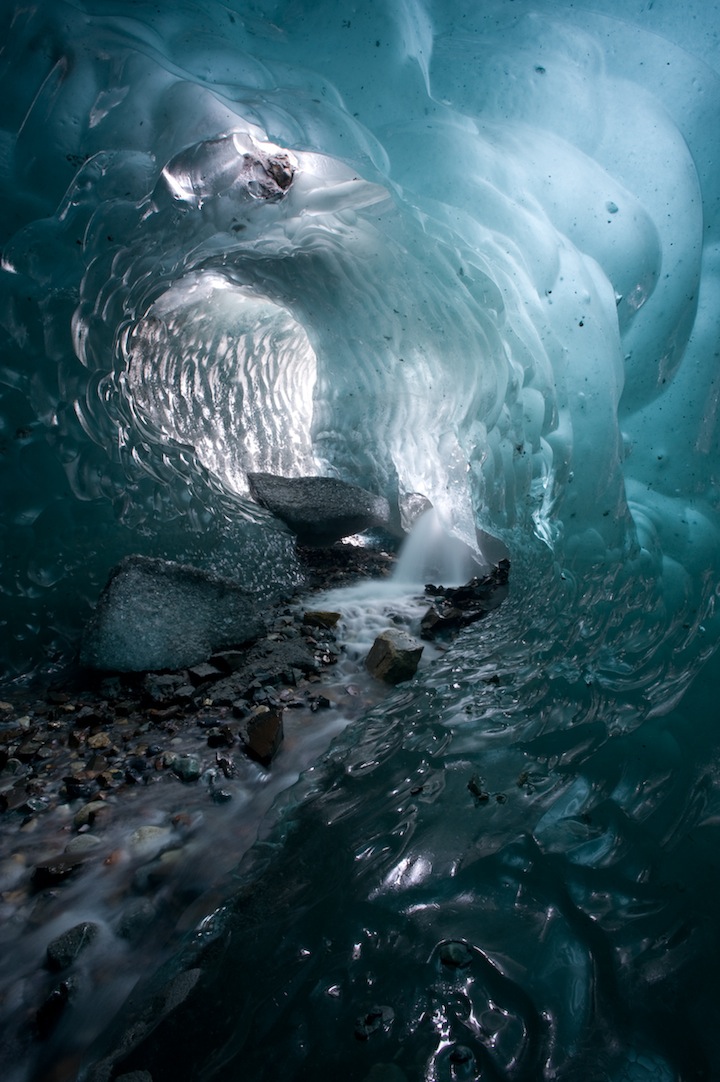
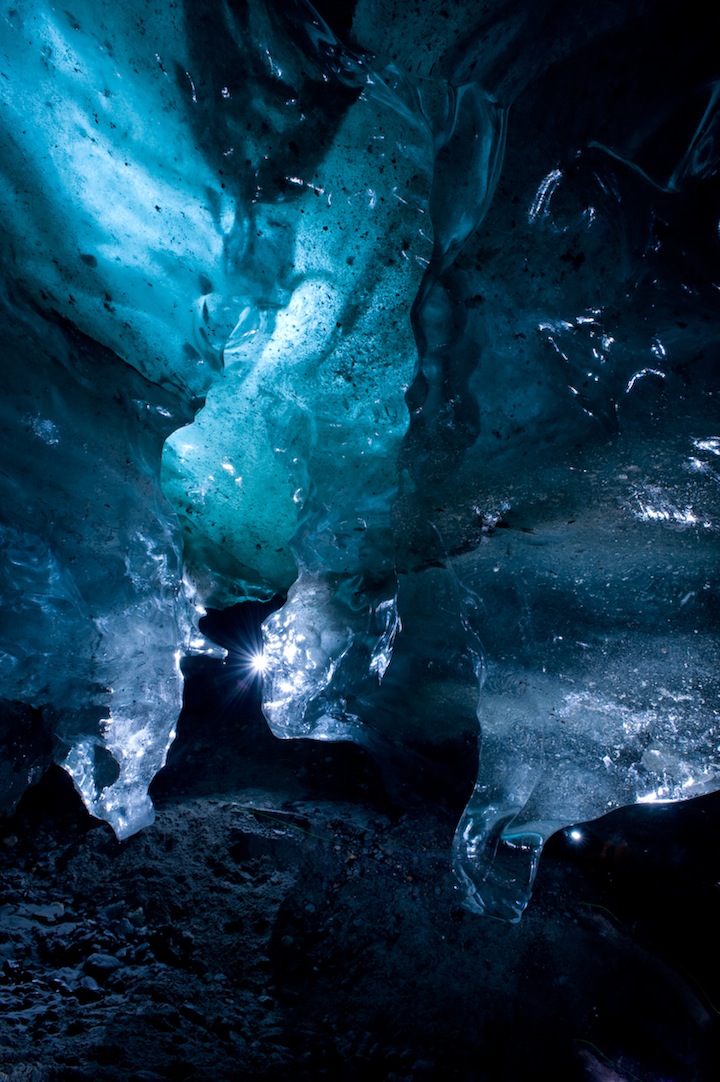
Guth was kind enough to send me a collection of his photos to share with the Met community. When asked what he hoped others got out of his incredible photography, here is what he said, “What I appreciate about these structures (other than their beauty) and hope other people realize, is that they are always changing. I love the fact that if a cave happens to exist a year from when I saw it last (which is rare) it is completely different and often unrecognizable. It is this fact – that my images of caves can and will never be duplicated – that excites me and makes for truly unique imagery.”






















































































